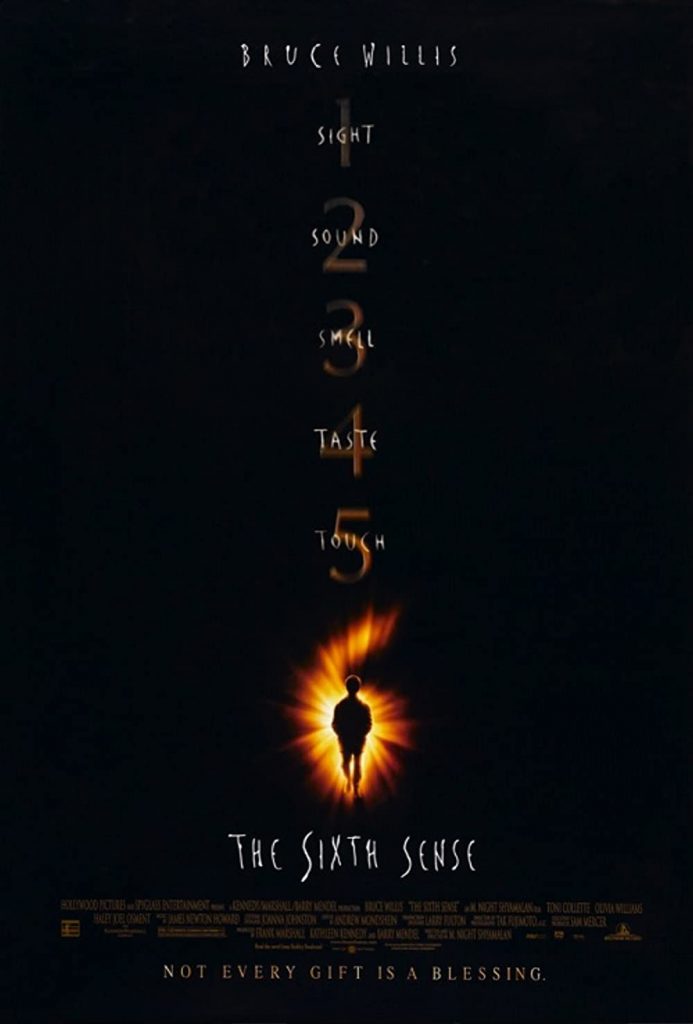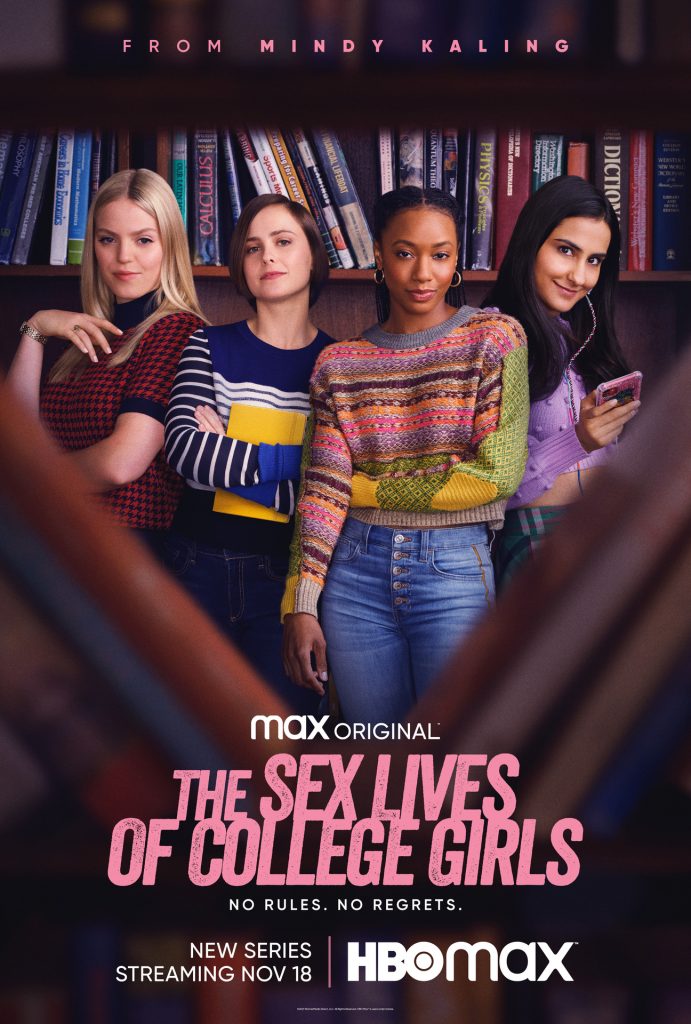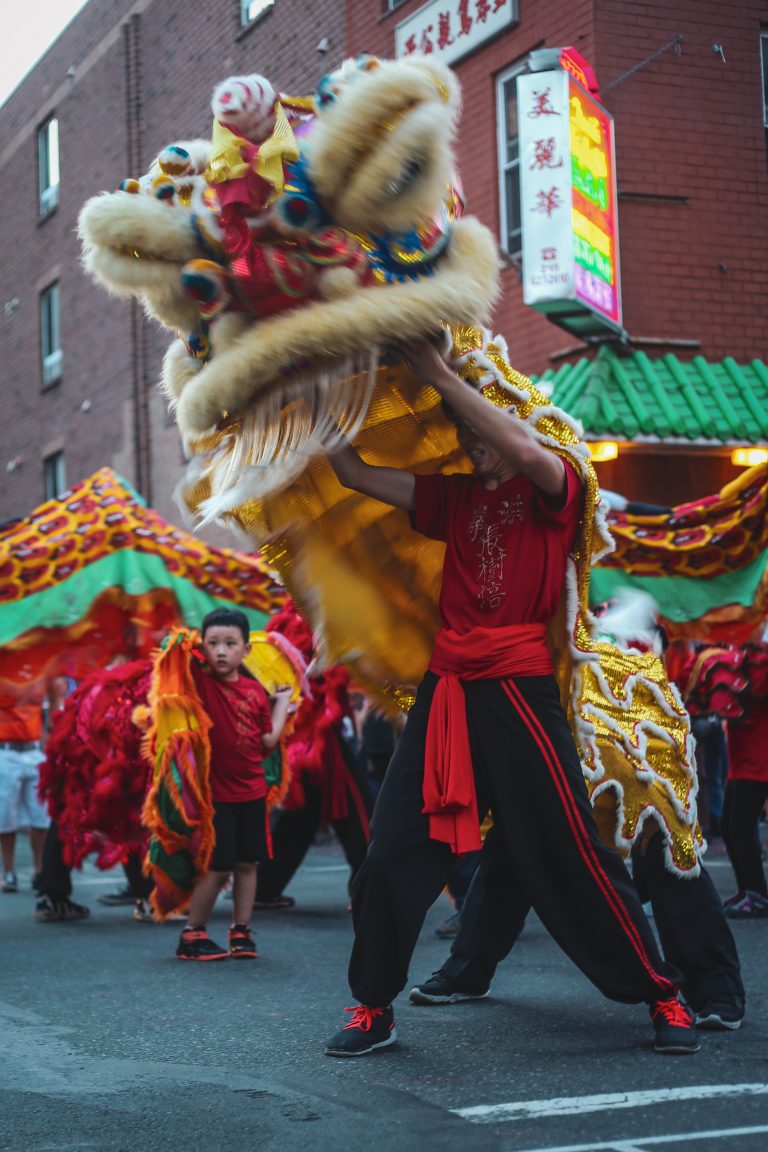The Surge of Indian American TV and Film Creators in America



Hollywood has very recently made strides in diversifying its creators: producers, writers, and directors. For a long time, only one perspective had a voice; even today, we lack varied perspectives. But it is these strides and victories in diverse creators in Hollywood I want to inspect further. This week, I will examine two Indian American creators.
Who is Mindy Kaling?
Who is the first well-known Indian creator that comes to mind? I’ll tell you mine: Mindy Kaling. I have read her first book, Is Everyone Hanging Out Without Me?, seen all of the TV shows she has written and directed, and can’t seem to get enough of her comedic timing in her shows. I remember being inspired by her story of playing Ben Affleck in a play she wrote with her friend titled Matt & Ben, which she performed in New York. The power of writing and starring in a show moved me.
How Does Mindy Kaling Spotlight Indian Americans in Her TV Shows?
Mindy Kaling has been a pioneer for women in the performing world and the Indian community. Kaling’s parents are Indian, and though the actress was born and raised in Massachusetts, she still shines a spotlight on her Indian descent in her shows. One such show is Never Have I Ever, a coming of age story that is largely based on Kaling’s own experiences as a teenager. Kaling was initially hesitant to revisit her teen years for the project:
“Like a lot of comedy writers, I think of my adolescence and childhood as incredibly embarrassing,” she says. “I thought it would honestly be too painful and embarrassing to relive those experiences.”
Mindy Kaling for NPR
But Kaling filled the writer’s room with a staff of young Indian women, and once they began sharing stories, her outlook changed:
“It ended up being very cathartic, actually,” she says. “It made me feel that all the stuff I was going through as a teenager, I was not alone.”
Mindy Kaling for NPR
Kaling also inserted a character reminiscent of herself in the HBO show, The Sex Lives of College Girls. Bela, one of the characters on the show, comes from a conservative Indian family and is looking to break into the comedy world. Actress Amrit Kaur spoke about the role with PopSugar:
“Bela is me, and I am Bela. Everything that you see on the screen is everything I’ve experienced, whether it be facing the industry, coming to terms with myself as a South Asian with dreams of comedy, fighting for your dreams with family, wanting to feel more beautiful and figuring out, having these ideals of white beauty and trying to look that way,” she explained. “It’s great that we see a character who’s comfortable in her sexuality, irrespective of what her race is.”
Amrit Kaur for Popsugar
Who is M. Night Shyamalan?
Kaling has made incredible strides for the South Asian community. Another noteworthy name is M. Night Shyamalan, the Indian American filmmaker. His most famous movie is The Sixth Sense, but he has been at the helm of so many films, including the story of Stuart Little. Shyamalan is well known for his supernatural and psychological movies. He wrote and directed the 2016 movie Split, a movie centered around a man with 23 different personalities. Shyamalan has a masterful hand in creating these psychological thrillers and has earned numerous award nominations. And while Kaling inserts herself into her shows through a character, Shyamalan often inserts himself as an actor, making many a cameo appearance.
Shyamalan has been a filmmaker at heart since he was a child:
“Home video footage included as a bonus feature on the DVD for his 2004 film ‘The Village’ shows the young director donning a fedora to recreate the opening scene of ‘Raiders of the Lost Ark,’ presumably in the woods that surround [his] house on Old Gulph Road. Since then, he’s directed more than 10 films and two television series.”
Brooks Holton for PhillyVoice
While Kaling and Shyamalan are focused on two distinctly different genres, they have made significant headway in the TV and Film industries. They have written stories that impact us in one way or another. But perhaps the most significant impact of all is the representation our future filmmakers get to witness.



